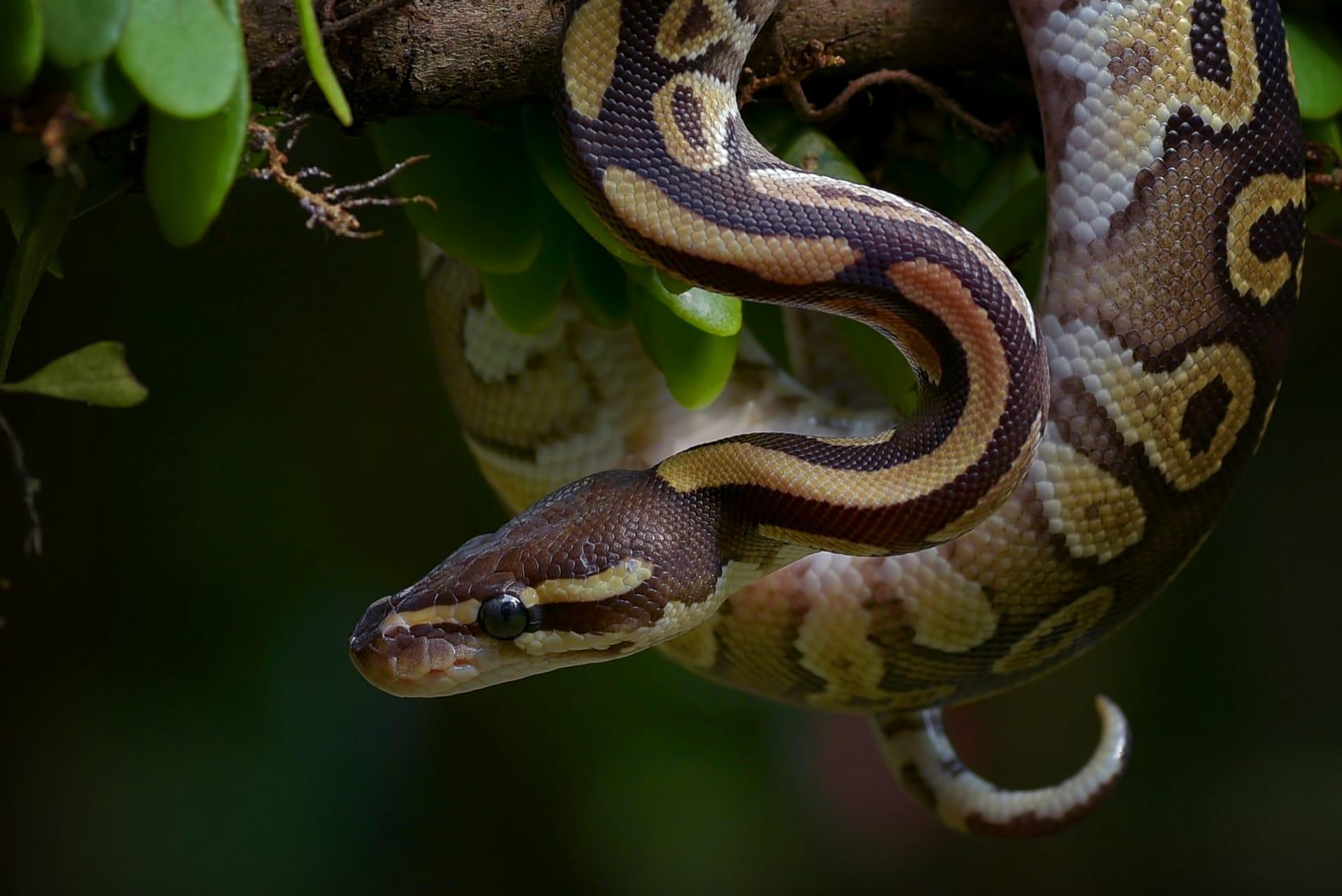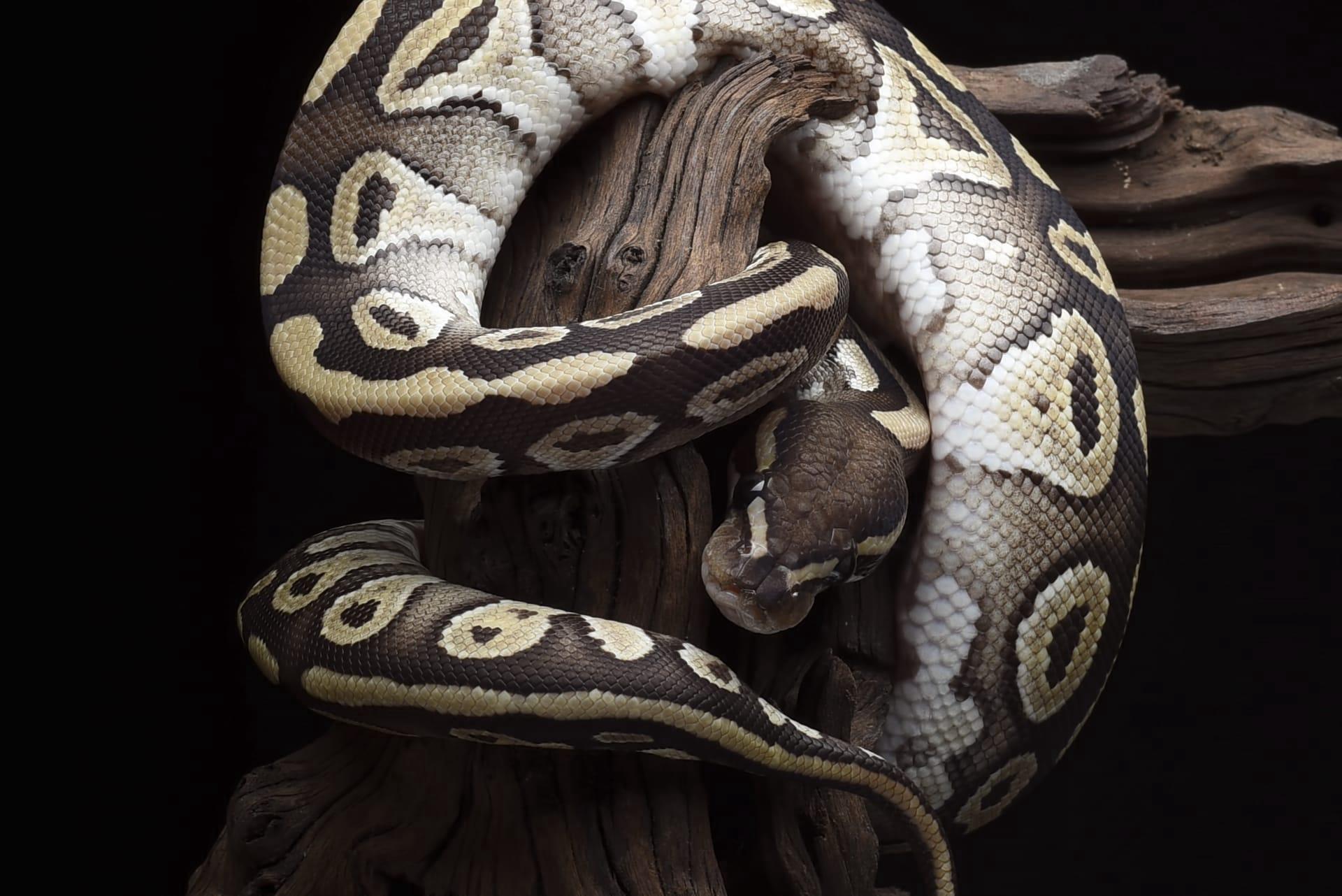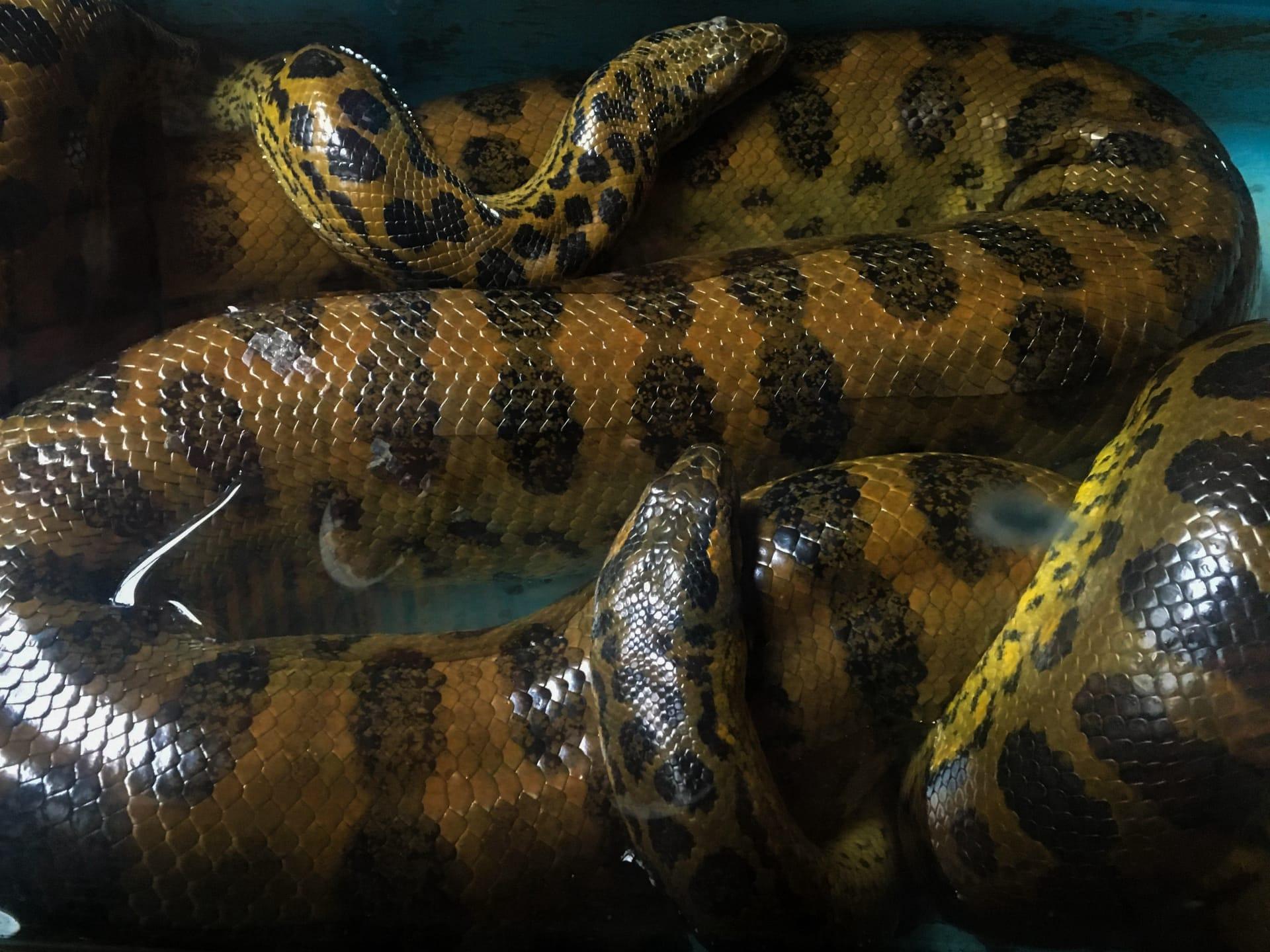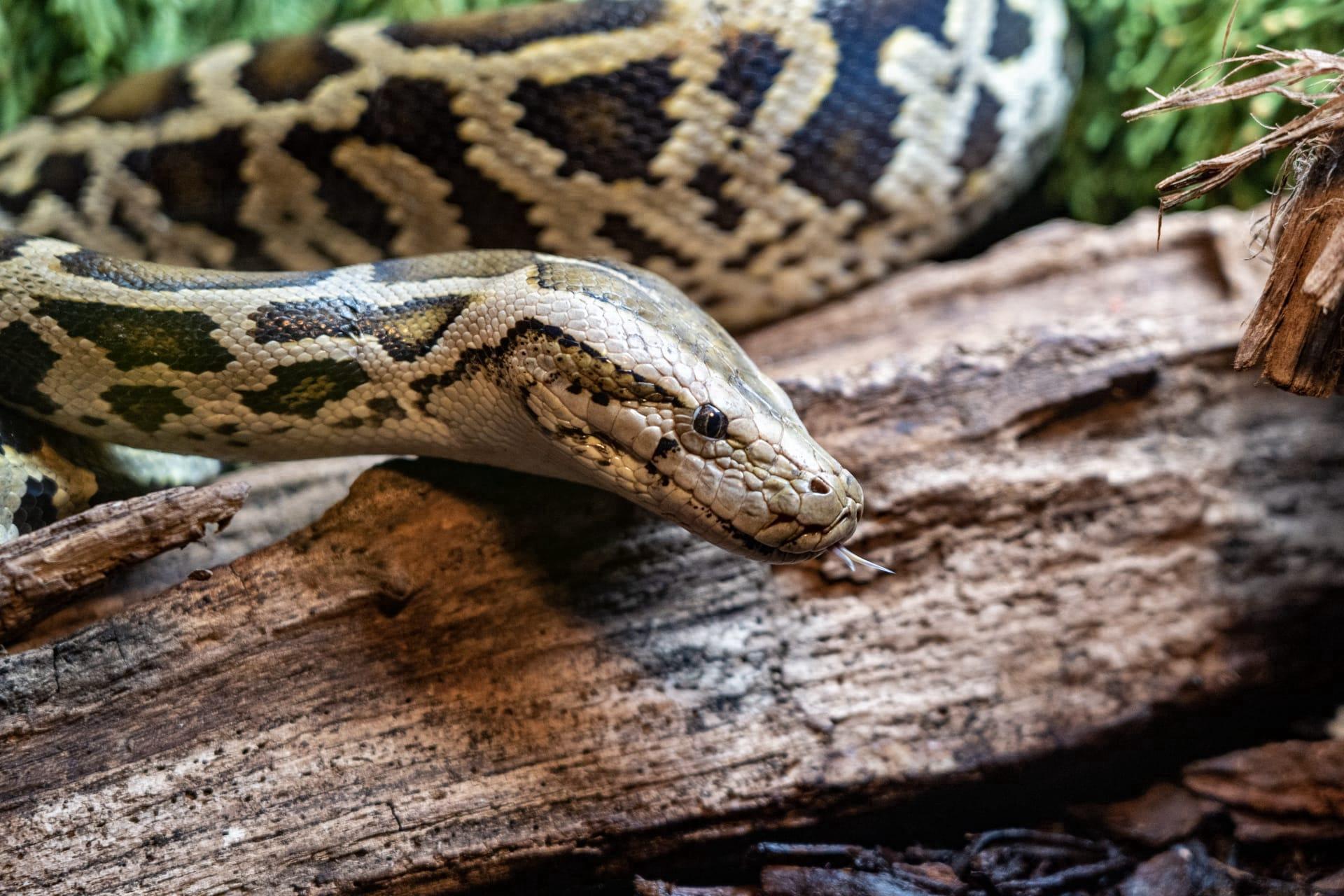1
Did you know that the reticulated python, native to Southeast Asia, holds the record for being the world's longest snake? On average, these giants can grow to an impressive length of 20 feet (6 meters), but the longest ever recorded was a staggering 32 feet (nearly 10 meters)! These serpents are not just long; they're also incredibly strong, capable of constricting and overpowering animals as large as deer and pigs.
Another fascinating fact is about the anaconda, specifically the green anaconda from South America. It's not just one of the longest, but also one of the heaviest snakes in the world. While they average around 17 feet (about 5 meters) in length, what's truly astonishing is their weight. They can tip the scales at a whopping 550 pounds (250 kilograms)! This immense size helps them to easily overpower large prey like capybaras and caimans in their aquatic habitats.

2
Speaking of diet, big snakes have an unusual way of eating their prey. Unlike humans, they don't chew; instead, they swallow their prey whole. For instance, the African rock python, one of Africa's largest snakes, can open its jaw wide enough to swallow prey larger than its own head, thanks to a unique jaw structure. This snake can consume animals as large as antelopes and crocodiles!
These large serpents also have a remarkably slow metabolism. After consuming a large meal, a big snake like the Burmese python may not need to eat again for several months. Their digestive system is so efficient that they extract almost all the nutrients from their prey, leaving very little waste. This ability allows them to thrive in environments where food is scarce or hard to come by.

3
Big snakes aren't just ground-dwellers; some are adept climbers and swimmers. Take the king cobra, the world's longest venomous snake, which can reach lengths of up to 18 feet (5.5 meters). They are not only comfortable on land but also skilled climbers, often found in trees hunting for their favorite meal, other snakes. Their ability to lift a third of their body off the ground gives them a unique advantage in both hunting and defense.
On the other hand, the green anaconda is a master of aquatic environments. These snakes are often found in the slow-moving rivers and murky swamps of South America. Their eyes and nostrils are positioned on top of their heads, allowing them to lie submerged and wait for unsuspecting prey. This ambush strategy makes them formidable predators in their watery realms.

4
Did you know that some big snakes have a sixth sense? Pit vipers, pythons, and boas have heat-sensing pits on their faces. These special organs detect the infrared radiation (heat) emitted by warm-blooded prey, aiding them in hunting in complete darkness. This ability is so precise that a python can detect a change in temperature as slight as 0.003 degrees Celsius!
Another intriguing aspect of these slithery giants is their method of reproduction. For example, the female python undergoes a process called "shivering thermogenesis" after laying eggs. She coils around her eggs and contracts her muscles rapidly to generate heat, ensuring the eggs stay warm enough to hatch. This maternal behavior is quite rare among reptiles, showing a level of care that contrasts with the usual reptilian behavior.

5
Big snakes also play a crucial role in their ecosystems. They control the population of their prey, which often includes rodents and other small mammals. This helps maintain a balanced ecosystem. For instance, in the Everglades, Burmese pythons help regulate the overpopulated raccoon and opossum populations, which can be beneficial for bird populations that these mammals prey on.
Lastly, the skin of these large snakes is not just beautiful but also has inspired scientific research. The microscopic structure of python skin has been studied for developing new materials. Researchers are exploring how the scales' arrangement can lead to better water-repellent surfaces and even influence the design of building materials for better insulation properties. This is a perfect example of how nature can inspire technological advancements.